Riding in Musk's Robotaxi: An Exclusive Experience
![]() 06/24 2025
06/24 2025
![]() 549
549
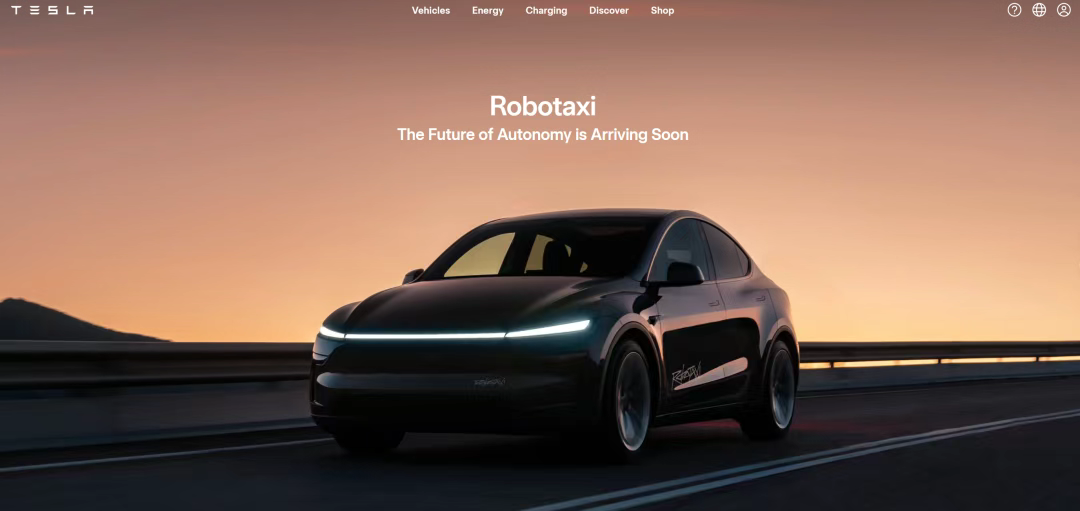
Fixed Fare of $30
Author | Wang Lei
Editor | Qin Zhangyong
Musk has once again lived up to our expectations.
On June 22, Tesla's long-anticipated Robotaxi service finally commenced passenger operations.
A total of 35 vehicles, all Tesla Model Ys, were in service on the inaugural day.
To hail a ride, passengers can download the Tesla Robotaxi App, input their destination to generate a route and fare. During the trial period, a flat fee of $4.2 (approximately RMB 30) is charged per trip.
It's important to note that this is merely a trial run with numerous restrictions. Most notably, availability is initially limited to invited investors and media personnel for priority access.
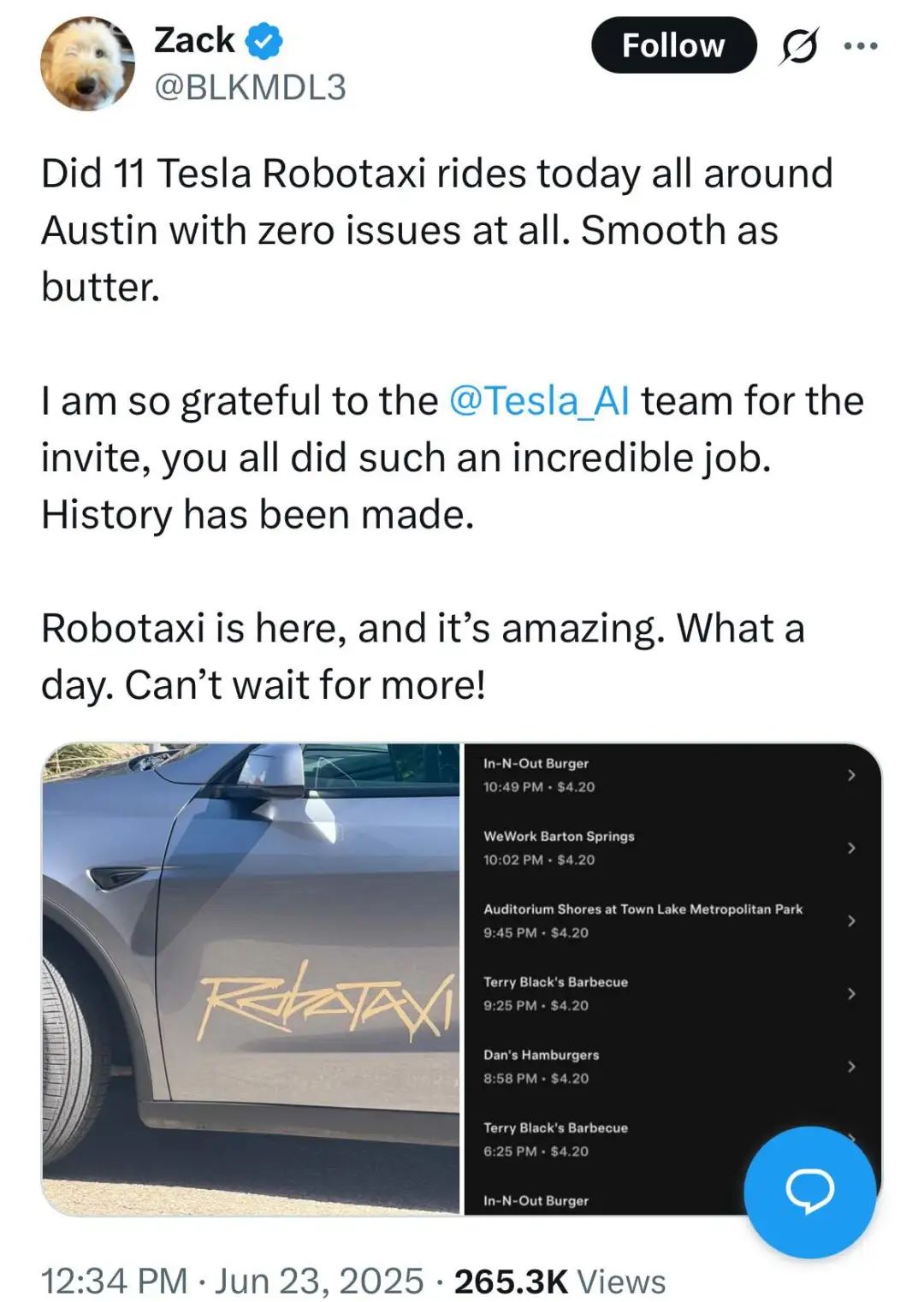
Nevertheless, this milestone has ignited excitement among Musk, Tesla enthusiasts, and tech aficionados alike. Some die-hard fans have taken the Tesla Robotaxi at least 11 times, contributing over $300 in revenue to Musk's Robotaxi endeavor.
Such dedication truly defines a fanatic.
01
Hailing a Tesla Robotaxi
There was a slight delay.
Musk had originally planned to commence trial operations at 6 a.m. ET on June 22, but it was eventually pushed back to 12 p.m.
The Robotaxi service is now officially available on Tesla's official page, with relevant rules and guidelines published. Users are invited to register to receive updates on service availability in their area, but to book a ride, they must download the Tesla Robotaxi App.

Upon downloading and registering the app, this screen will appear:
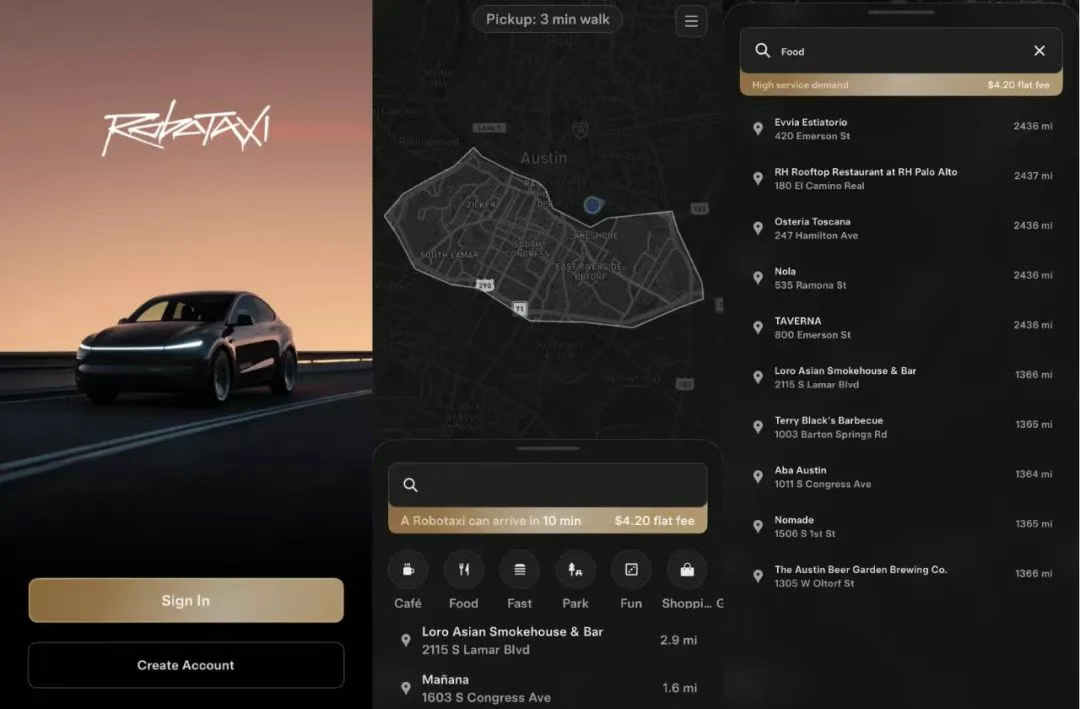
It displays the current operating area. Booking a ride is similar to mainstream ride-hailing apps, with a route map generated after inputting the destination.
Of course, you must be within the Robotaxi's service range. Currently, the service is primarily available within Austin city limits. Once properly located, you can hail a ride.
If the passenger's location is beyond the service area, the app will guide them to the edge of the operating zone.
After initiating a ride, you can view the vehicle's basic information and estimated arrival time. Then, wait at the designated location. However, if you are not nearby when the vehicle arrives, it will automatically cancel the order after 5 minutes.
When the vehicle arrives, the rear taillights will flash to indicate its identity. Before boarding, verify that the vehicle information, such as the license plate number, matches what is displayed in the app.

Next, open the rear door (Tesla Robotaxi usage instructions clearly state that passengers are prohibited from sitting in the front row), enter the vehicle, close the door, and fasten your seatbelt.
Once inside, the second-row display under the front seats features a dedicated UI called the "Robotaxi Center" by Tesla. It displays your arrival time and location. Press and hold "START RIDE" on the display to commence your journey.

During the ride, the rear display shows a real-time route map. Additionally, you can adjust the air conditioning settings, seat positions, etc., through the Robotaxi App. The rear display also offers entertainment features, such as listening to music, playing videos, or even games.
Upon reaching your destination, exit the vehicle and close the door. The ride will automatically end, and you can provide feedback via the Tesla Robotaxi App afterward.
Currently, a flat fee of $4.2 is charged regardless of the distance traveled. Tipping is also an option.
However, after clicking to leave a tip, a playful page featuring a cyber hedgehog with glasses will pop up, with the text "just kidding" below. It's a subtle Easter egg.
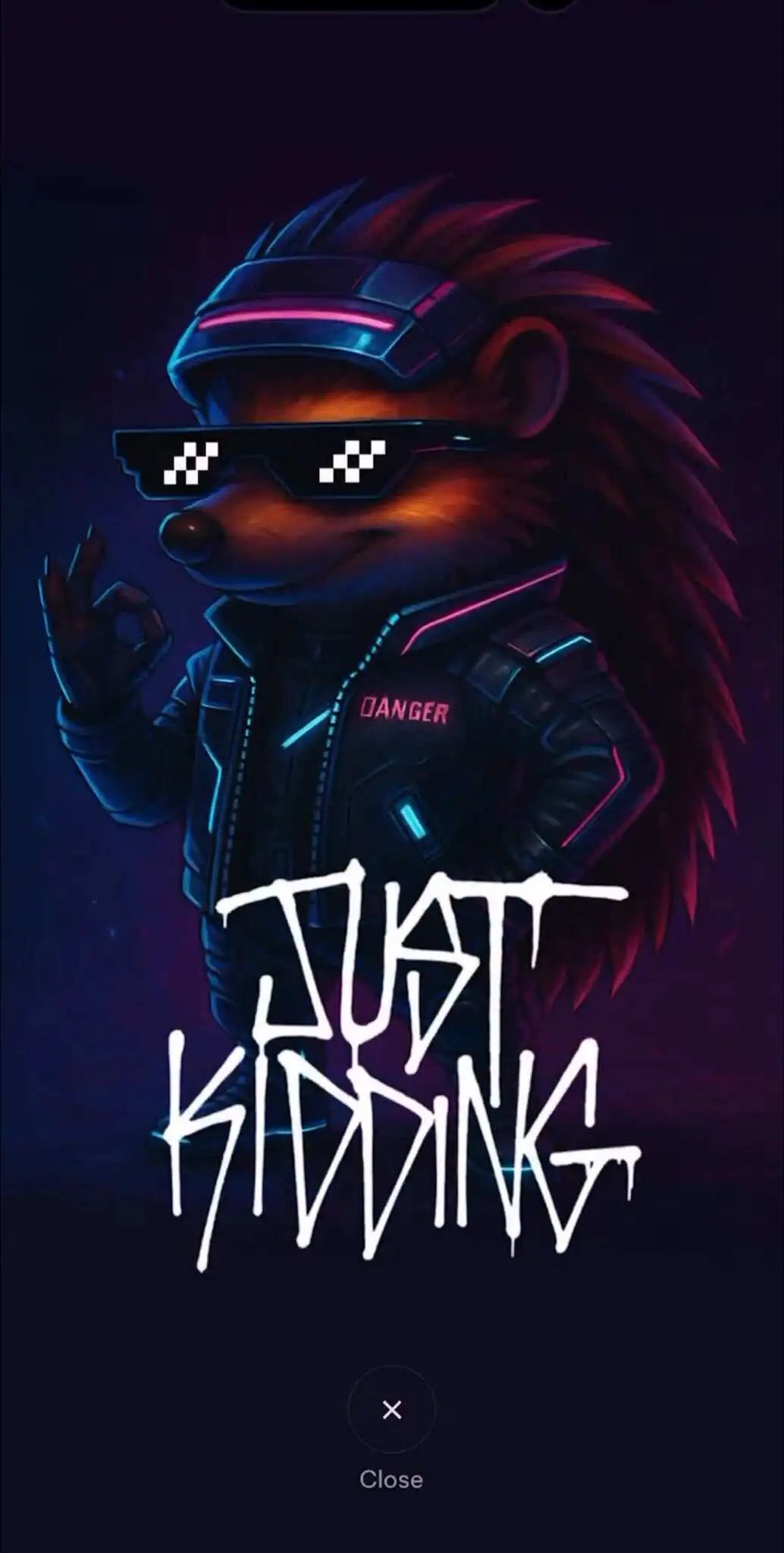
Furthermore, the official guidelines include several important notes, such as prohibiting individuals under 18 from using Tesla Robotaxi alone, allowing only service animals, and holding passengers accountable for damaging in-vehicle items. These requirements are similar to those of conventional ride-hailing apps.
02
Fan Takes 11 Rides
The newly launched Tesla Robotaxi still has many restrictions and is not yet available to everyone. It is currently limited to "early adopter users" invited by Tesla, including approximately 20-30 Tesla fans, investors, and influencers. One netizen mentioned in a post that 14 influencers were invited.
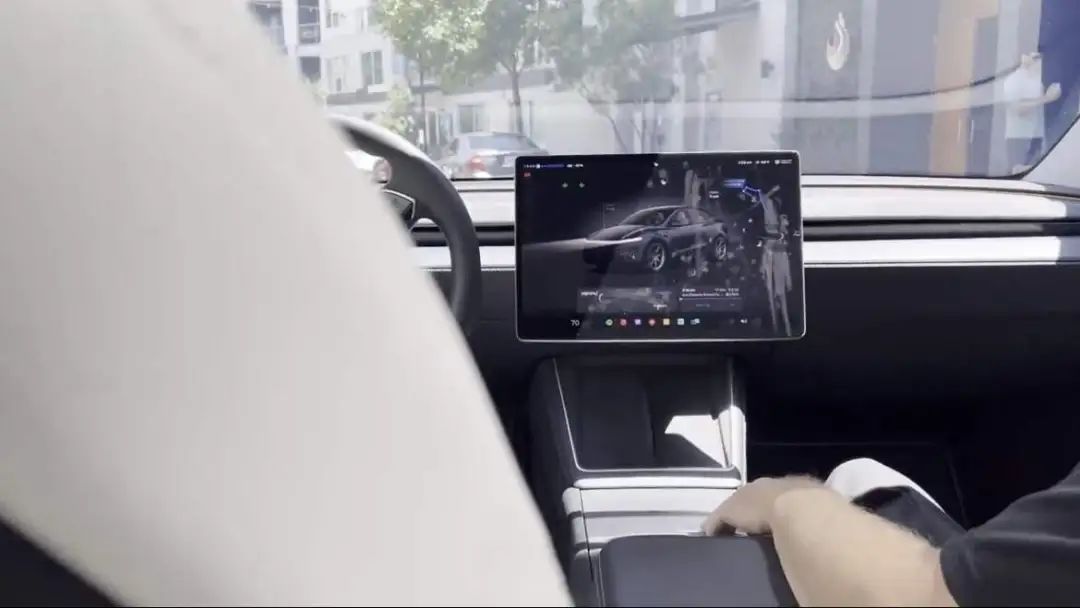
Although there is no driver in the main driver's seat, a safety officer is present in the co-pilot seat, ready to manually intervene in case of emergencies. Additionally, the vehicle is equipped with a remote monitoring system, and Tesla staff have already shared images of the backend monitoring interface on the platform.
Ashok Elluswamy, head of Tesla's autonomous driving division, shared a photo showcasing a total of 35 vehicles in operation. The screen displays real-time traffic conditions for each vehicle, with 112 orders completed and a cumulative mileage of 499 miles (approximately 800 kilometers). The backend center also features a suspected steering wheel device capable of taking over the vehicle at any time.
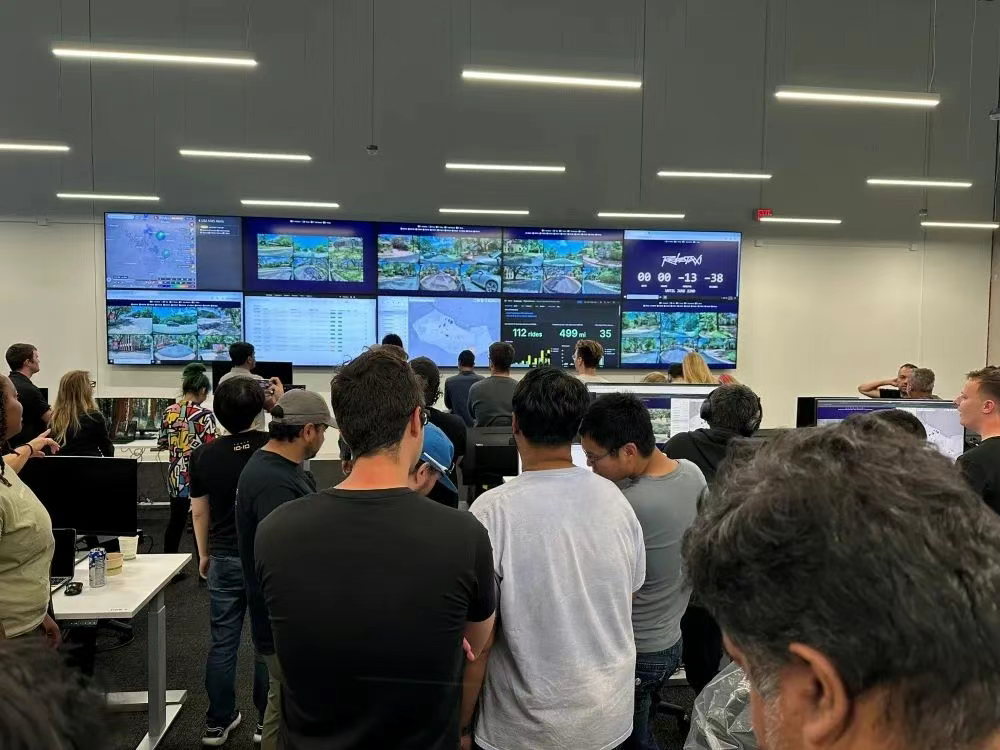
Moreover, passengers can communicate directly with remote service personnel for inquiries by pressing the Support button on the rear screen.
Robotaxi service is limited to 6 a.m. to midnight and will be suspended during inclement weather. Tesla also reminds users in its disclaimer not to use Robotaxi in emergencies.
Regarding the service area, while the trial operations are conducted in Austin, they are confined to a small area of approximately 77 square kilometers in southern Austin, with geographical fencing. A complete ride through this area takes approximately 30 minutes.
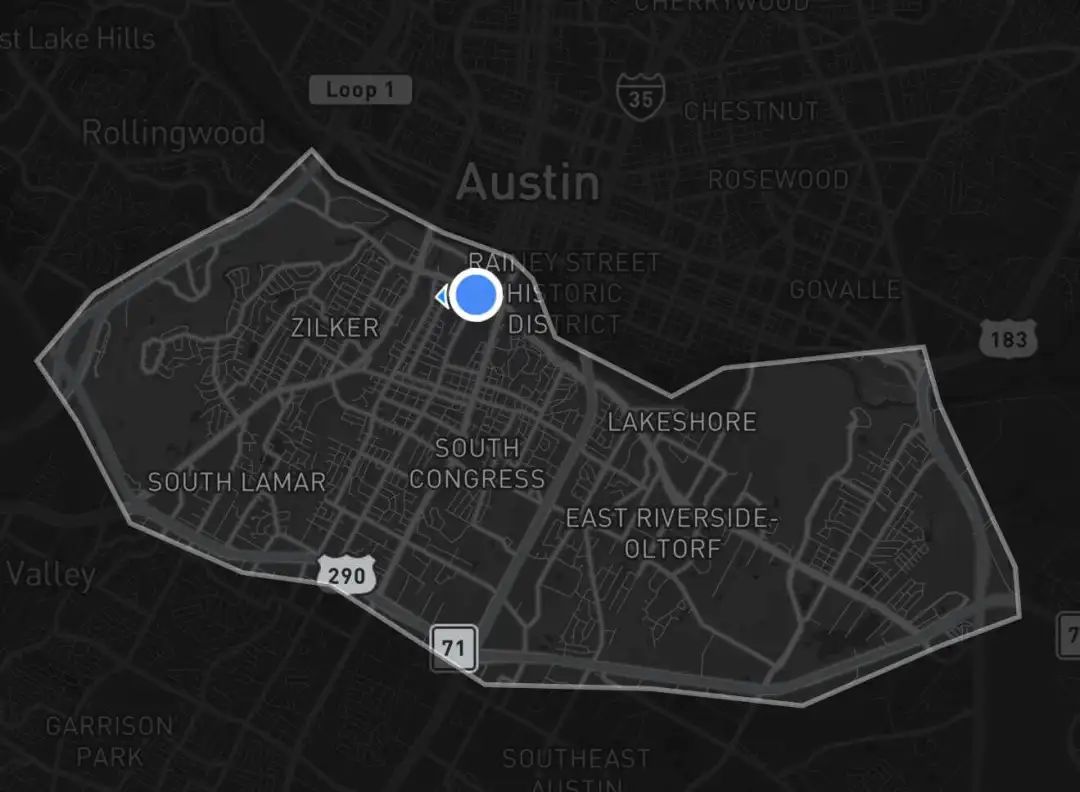
Tesla emphasizes that the in-vehicle cameras and microphones are turned off by default during rides to protect passenger privacy. Passengers can activate these devices if needed. The microphone is primarily used to detect the sirens of emergency vehicles and will not transmit collected sounds to Tesla servers except in special emergency situations.
After the official launch of Robotaxi, numerous personal ride experience videos emerged on the X platform. Musk was seen liking, commenting, and sharing these videos actively.
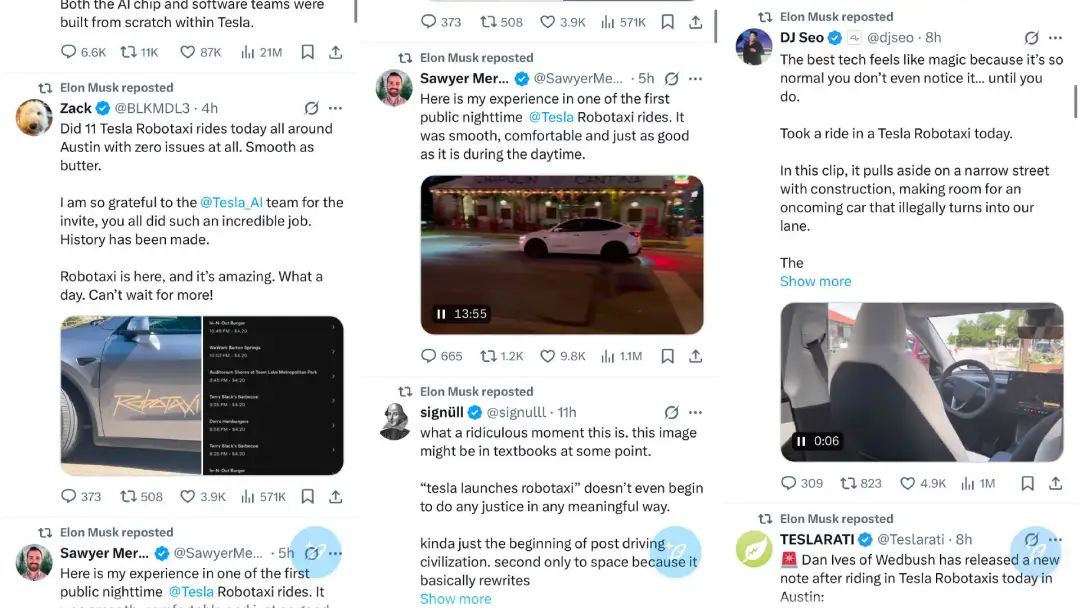
From the videos, it's evident that the vehicles can generally handle daily urban driving scenarios, such as turning or making U-turns smoothly without noticeable pauses. They slow down and yield to pedestrians and construction sites and pull over to avoid emergency vehicles.
This has garnered overwhelmingly positive feedback from passengers so far—
"Like magic."
"An otherworldly experience."
"Smooth to the point of disbelief."
However, such unanimous praise is not surprising considering the limited scale of operations, relatively simple and routine road scenarios, and the fact that all testers were invited by Tesla.
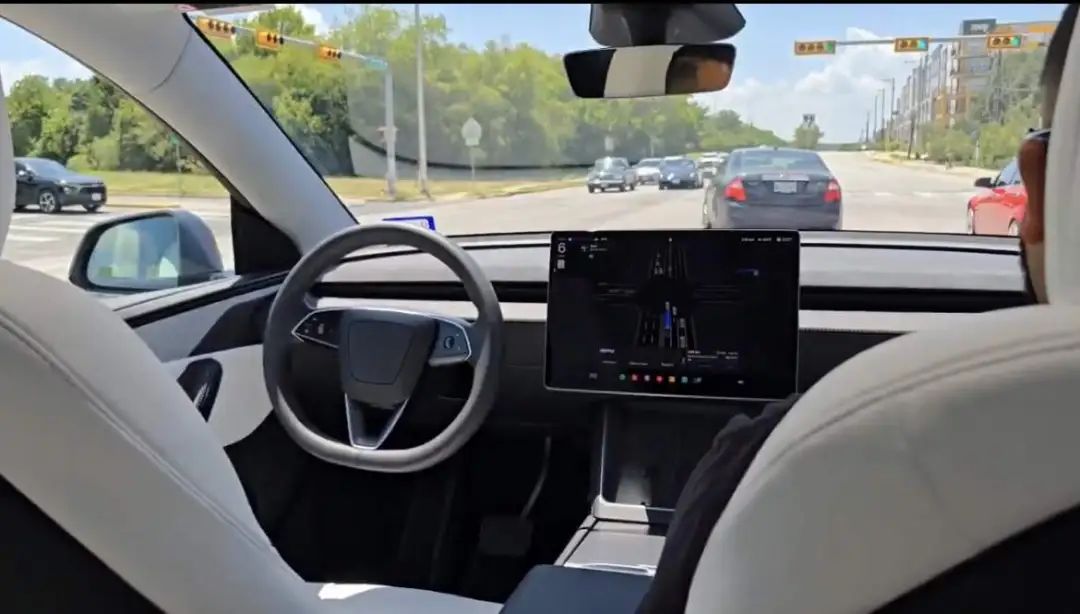
One avid Tesla fan took at least 11 rides on Tesla's Robotaxi within a day. They even took the time to ride in Waymo's self-driving car for comparison, concluding that "overall, it was not as smooth as Tesla, and Waymo experienced phantom braking."
Of course, some invitees encountered issues during their rides. Some mentioned that the Tesla Robotaxi failed to turn left at an intersection where it should have, swaying left and right before choosing to go straight.
Some invited passengers also stated on the X platform that remote operators' intervention was still necessary in complex scenarios.
03
Will It See Explosive Growth?
Musk should be quite pleased with the results of the trial operations.
An hour after the official launch of Robotaxi, he tweeted on the X platform, congratulating Tesla's AI software and chip design teams on the successful launch of Robotaxi, which represents the culmination of a decade of effort. Tesla built its AI chip and software team from scratch.
Musk even visited the backend monitoring site of the Robotaxi team to witness this milestone with them.
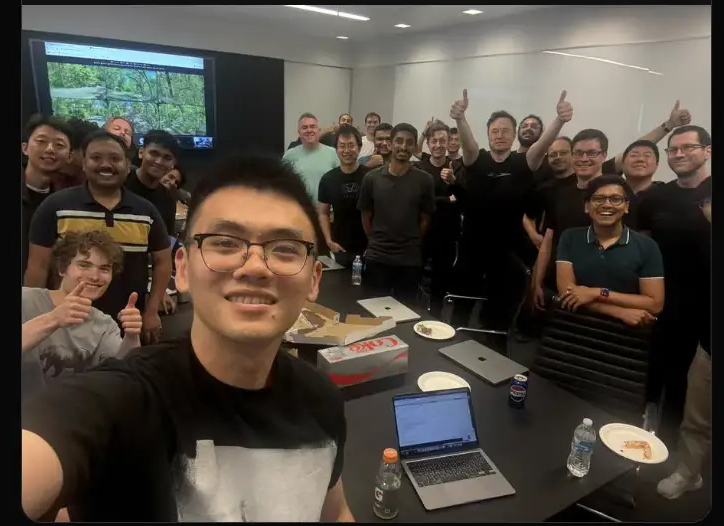
As for why Musk is so thrilled, on one hand, he has been planning the launch of Robotaxi for a decade but has faced numerous delays. Today, he has finally realized the vision he outlined years ago.
On the other hand, although it's a trial run on a very small scale, it marks the beginning of Tesla's impending explosive business growth.
Unlike the development path of autonomous driving companies like Waymo, the current self-driving car solutions on the market rely on adding sensing hardware to mass-produced vehicles to achieve functional and safety redundancy. This redundant hardware often costs tens of thousands or even more than RMB 100,000.
However, Tesla's Robotaxi offers a novel solution without excessive redundant hardware. It solely utilizes new algorithms and can even maintain the state of mass-produced vehicles. This means that any car Tesla produces in the near future can easily be transformed into a self-driving taxi.
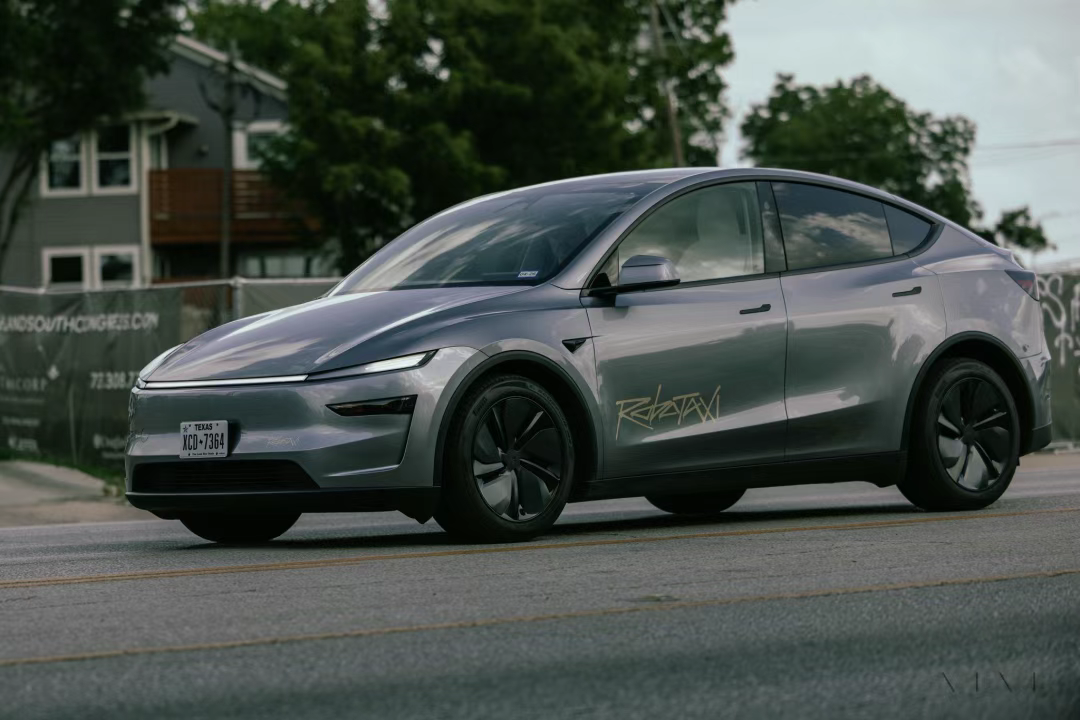
In terms of vehicle cost alone, Tesla is already far ahead of current self-driving car manufacturers. During a previous earnings call, Musk stated that Tesla's Robotaxi would achieve operating costs significantly lower than Waymo's. Moreover, a recent paid report from an American media outlet revealed that Waymo's vehicle cost is seven times that of Tesla's Robotaxi.
Scalability is another crucial factor.
Shortly after the launch of Robotaxi, Tesla's AI team officially stated, "Our autonomous driving method is also scalable: Tesla's autonomous driving technology can be deployed anywhere it is approved. It does not require expensive specialized equipment or extensive mapping of service areas, and it works effectively."
Compared to modifying vehicles individually, if future mass-produced Model Y and Model 3 vehicles have the capability to directly become Robotaxis, the growth of Tesla's Robotaxi fleet will be exponentially terrifying.
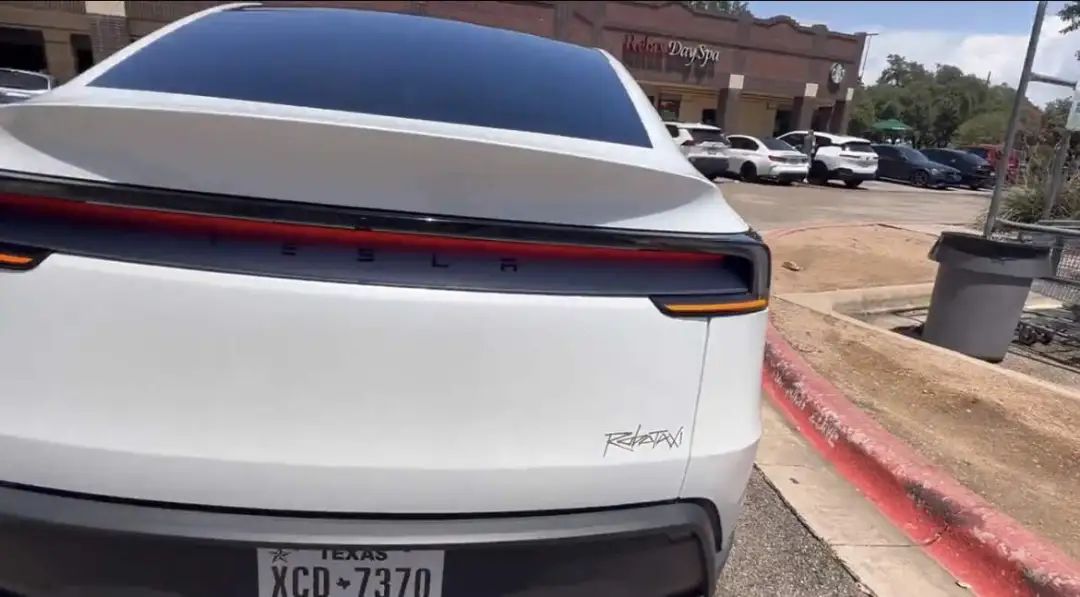
This aligns with Musk's previous plan, which not only envisions operating its own fleet but also allows private car owners to integrate their Tesla vehicles with Full Self-Driving (FSD) capabilities into the Robotaxi network for operation.
By then, Musk's driverless car business will become a formidable money-making machine. After all, Musk previously predicted that the operating profit margin of his Robotaxi business will reach 70% or even higher, potentially adding $5 to $10 trillion to the company's market value.
Of course, this is contingent on large-scale implementation, which is still a distant goal at present.







